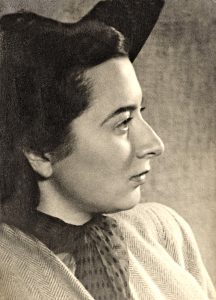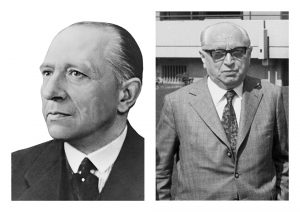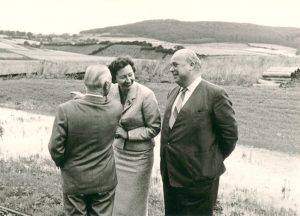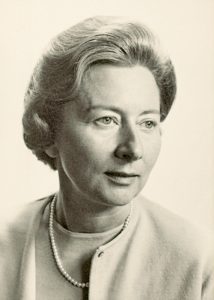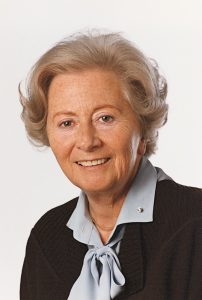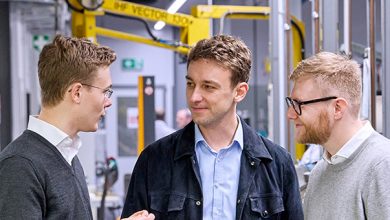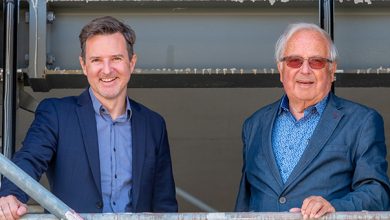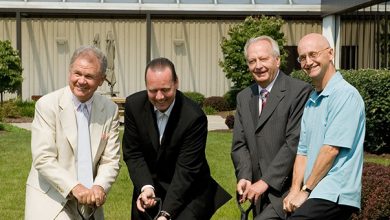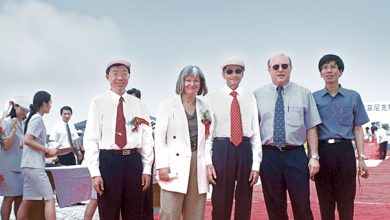Some called her Aunty Ulla and snatched a chocolate egg or two during a weekend visit. Others stood to attention when hearing her voice on the other end of the telephone line. For more than six decades, Ursula Lampmann was one of Phoenix Contact’s most influential personalities.
At the time Phönix Elektrizitätsgesellschaft came into existence in 1923, Ursula Lampmann was only three years old. The daughter of the managing director of a machine factory was raised in a sheltered environment in the north of Essen. After earning her degree at the Higher Commercial School, a school friend introduced her to the small company next door to the Essen Central Station, the Phönix Elektro- und Industrie-Bedarfsgesellschaft, comes about through a school friend.
Rapid career growth
Rapid career growthIn 1937, Ursula Lampmann began working at the “little company,” as she called it with a smile in an interview later. By this time, Hugo Knümann’s terminal block had become a household name among experts. It was called the RWE Phoenix terminal block. The components were sourced from specialists. For example, the ceramics came from Hermsdorf Schomburg Isolatoren-Gesellschaft (HA-SCHO) in Thuringia, the brass parts from Weisser, a company in the Black Forest. The product was then assembled in the arcades under the Essen Central Station.
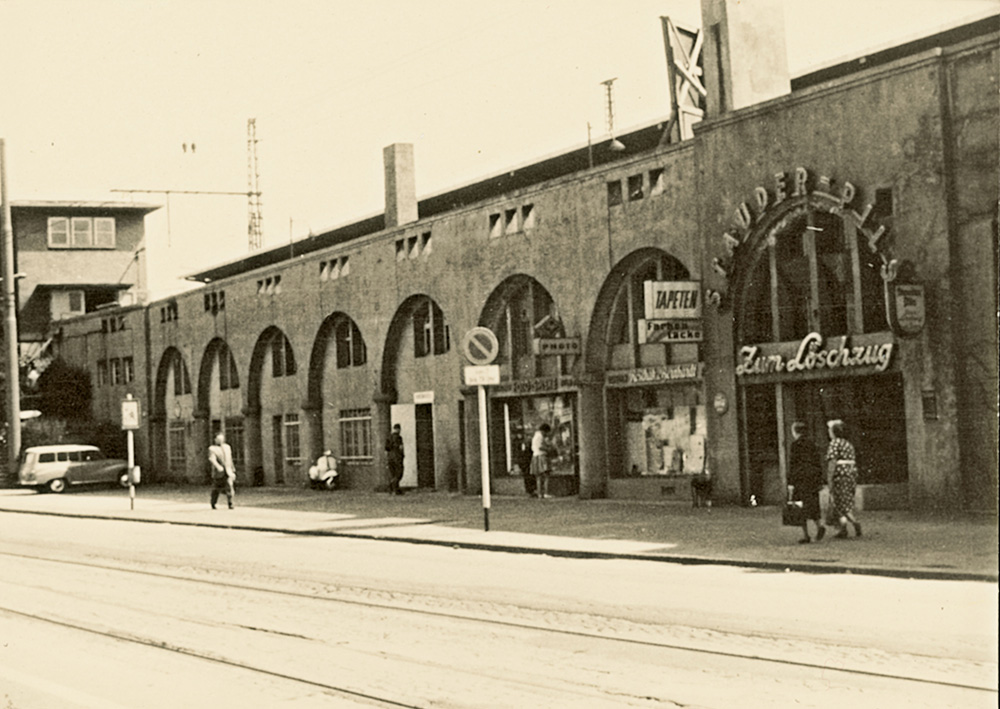
“From the very beginning,” Ursula Lampmann later recalled, “Hugo Knümann’s trusted me completely. I was soon put in charge of cash receipts.” Six years later, the young woman was given power of attorney. An unusual sign of trust, given that the “normal” German wife even had to obtain written permission from her husband before she was allowed to work at all.
Hard times
During World War II, Essen, one of the centers of the German heavy machinery and weapons industry, was heavily bombed. Phönix Elektrizitätsgesellschaft was not spared, and subsequently relocated to East Westphalia. While the company was housed in what was once a restaurant, Ursula Lampmann took up residence in a bedroom with the family of the later mayor Heinrich Fritzemeier.
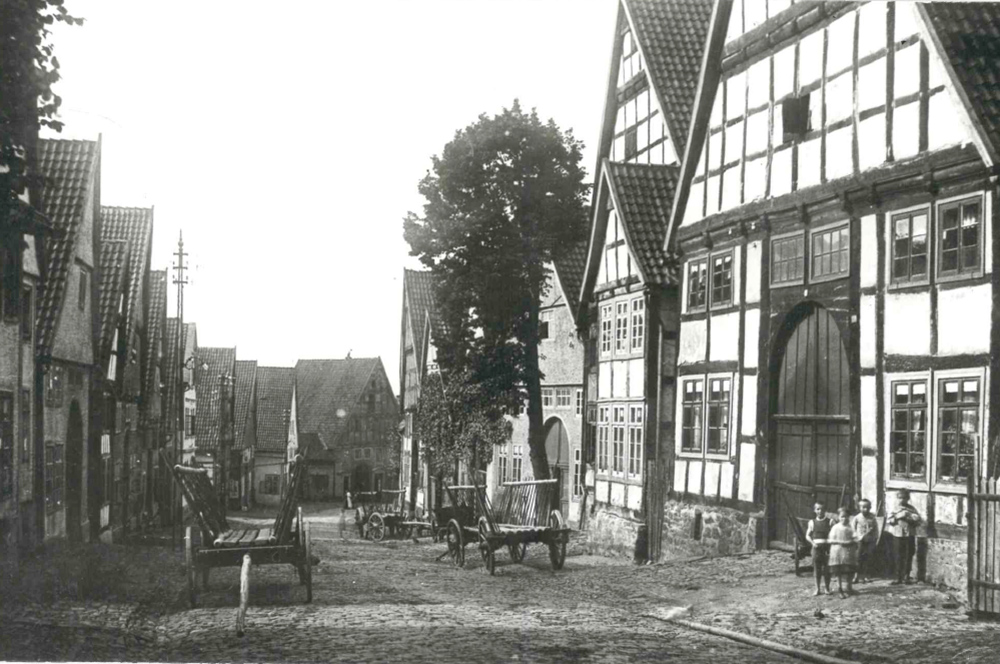
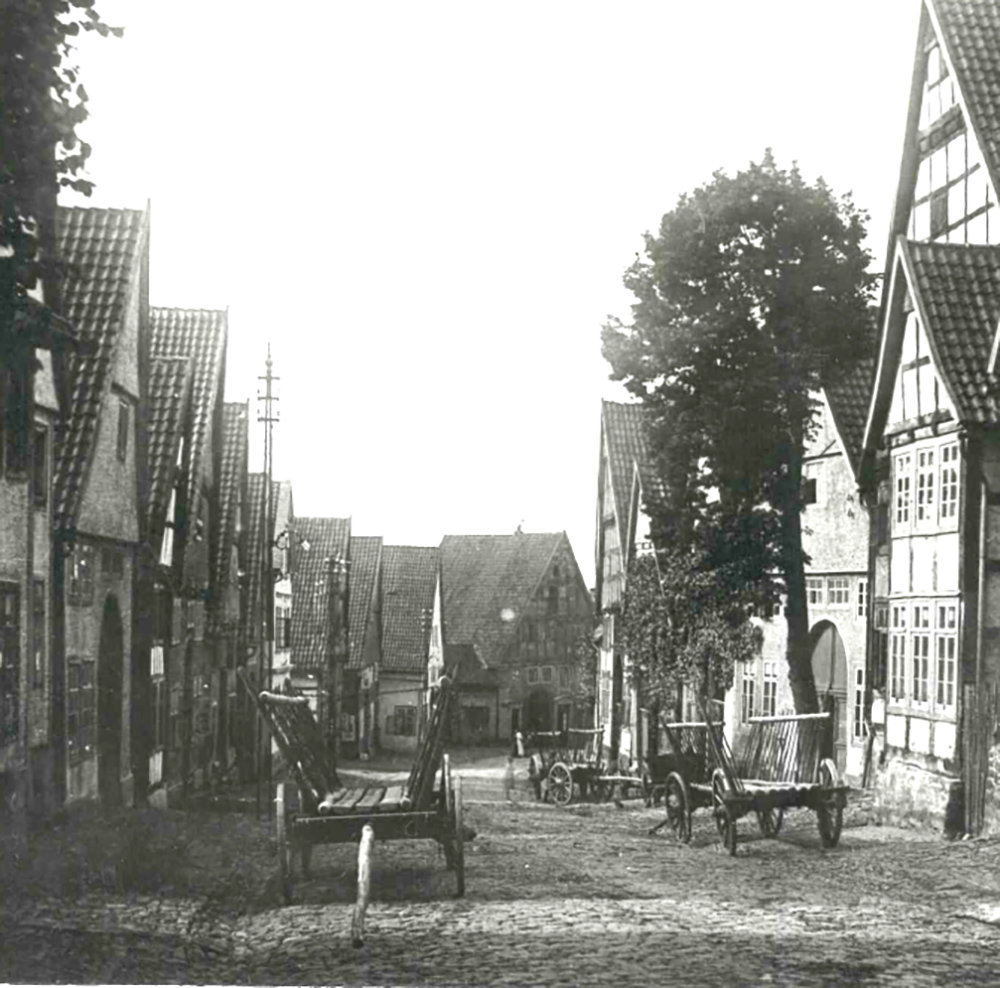
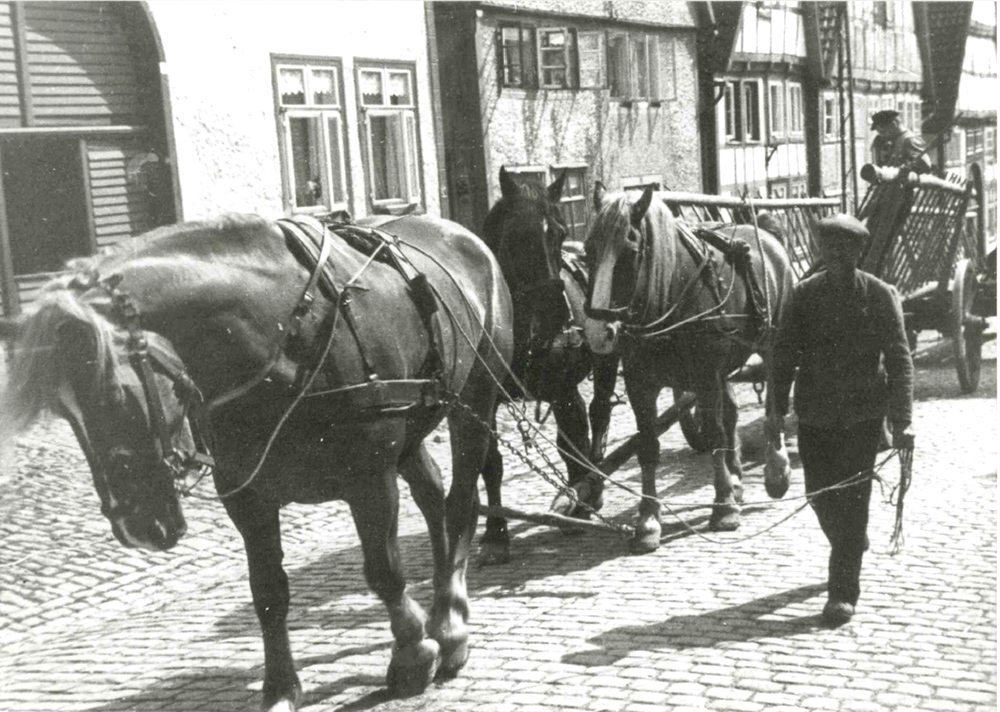
“Even during this difficult period, Ursula Lampmann made sure that the company remained solvent,” says long-time company spokeswoman Angela Josephs, paying tribute to Ursula Lampmann’s achievements. “This was no trivial feat, because the events of the war also significantly affected deliveries and payments. That’s when the young managing director really had to assert herself.”
The war was over in 1945. Major customers such as RWE, Siemens, and Braun Boveri resumed business in the Ruhr area. So, the exiles from Essen returned home in 1948. Assembly and shipping remained in Blomberg.
In 1949, the company’s CEO Knümann met engineer Josef Eisert. Knümann and Ursula Lampmann met with the holder of many patents at his home in the Black Forest. The contact turned into a firm collaboration.
Once Hugo Knümann passed away in 1953, everything changed at the commercial distributor. Ursula Lampmann inherited 20 percent of the company shares, becoming the second largest shareholder after Josef Eisert.
Radical changes
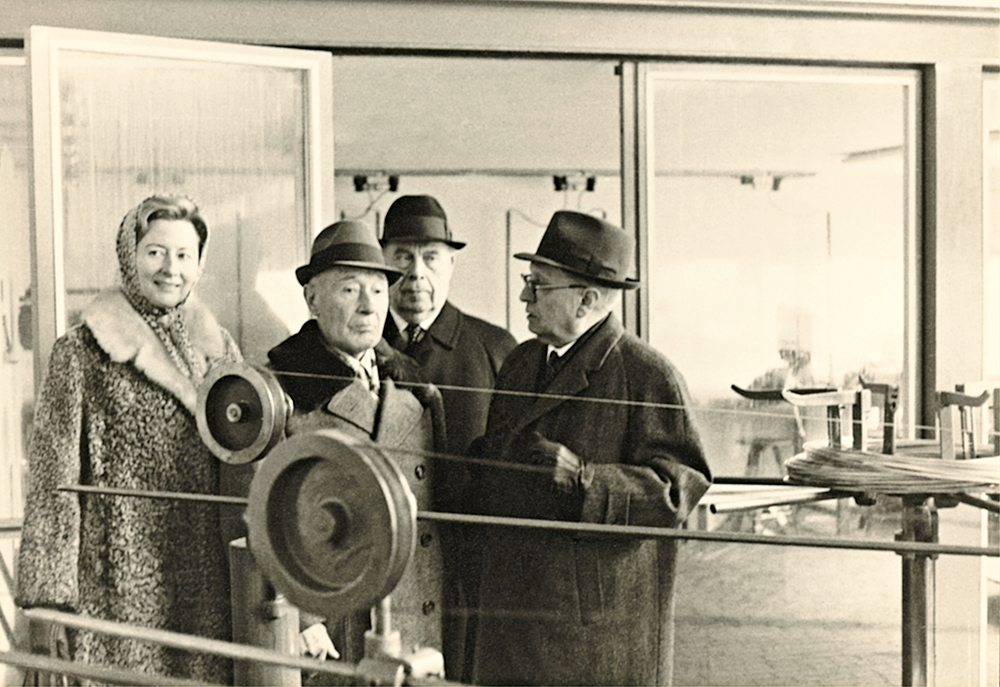
The engineer Josef Eisert became the CEO of the company and started to realign the company’s direction. In-house manufacturing moved to the forefront. After several attempts to set up a production site in Essen, one thing was certain: The Blomberg location was expanding. Ursula Lampmann kept a firm hold on finances, making sure that the technology-loving Eisert did not take any excessive financial risks. However, she was unable put the brakes on the visionary entirely. So she was by his side when Josef Eisert set off for Switzerland to purchase the very first production machines. Instead of just one, though, Eisert acquired four machines. “Mr. Eisert, how are we going to pay for this?” Ursula Lampmann would remain the corrective element over the next few decades, consolidating the principle of financing new growth from equity capital alone.
In Blomberg a second time
The company was undergoing rapid growth, and the Blomberg location quickly expanded. Having the administrative offices in Essen, separated from production in East Westphalia, was becoming an obstacle.
One can imagine just how difficult the move to rural Blomberg was for the staunch urbanite. In 1967, though, Lampmann headed to East Westphalia for the second time. The company ultimately became the life’s work of the unmarried woman from Essen with no children. Her home was next door to that of the Eisert family. In her personal life, the energetic highly respected Ursula Lampmann was “Aunty Ulla,” the muchloved contact point for the young Eiserts searching for sweets.
While Ursula Lampmann was a charming, humorous, and approachable personality in person, even the engineers in the company stood up when they heard her voice on the other end of the telephone line when she called to ask for product calculations.
Josef Eisert died in 1975, and his son Klaus was appointed as successor. With him, Ursula Lampmann experienced the third company leader. This brought along ven more rapid company growth with more and more new subsidiaries abroad. Still, under the influence of Ursula Lampmann, the company and its management remained true to the firm belief in liquidity and financial independence.
After 58 years with the company, Ursula Lampmann retired from her active role at Phoenix Contact in 1995. She continued to actively follow the fate of the company as a shareholder, though. Ursula Lampmann passed away in Blomberg at the age of 94 in June 2015.
The tasks that Ursula Lampmann performed over the decades are distributed among various departments in the years that follow. The position that the Essen native held in the company was and therefore remains unique.
